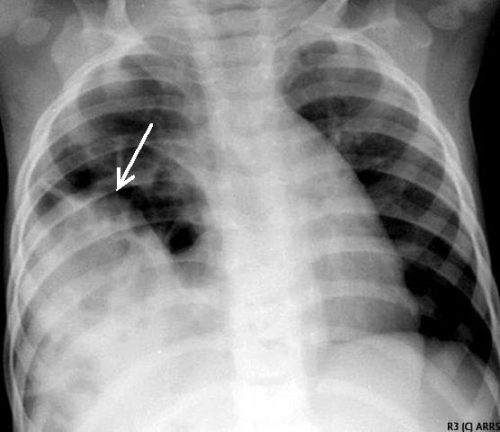For the longest time, one of my pet peeves has been potential conflicts of interest (COI) involving authors on research papers. There is no simple definition of the term “conflict of interest.” However, a simple way to think of it is a situation where one’s personal interests may influence their professional responsibilities.
Upton Sinclair said it more simply in a book he was writing in the 1930s:
“It is difficult to get a man to understand something when his salary depends upon his not understanding it!”
The corollary of this is more useful when applying to research:
“One can be led to believe anything when their salary depends on it.”
Psychological research has demonstrated time and time again that human behavior is easily influenced. Even receiving a tiny gift leads the receiver to perceive the giver favorably and to be more willing to reciprocate, even without being asked. Ever wonder why your hospital won’t let pharma representatives sponsor lunches anymore? Or even give you a pen? Believe it or not, these little things can change your attitude regarding their product. And even if you firmly believe you can’t be swayed, you can’t change the basic operating system in your brain. Your behavior will change.
We know that behavioral changes after receiving a small gift can be significant. What if the gift is not so small? What about a research grant? A position on an advisory board? Free drugs or devices for your research? Corporate stock? These can significantly improve one’s academic rank, job security, financial status, and more. Think about this with respect to my corollary quote above.
An interesting paper published by the Canadian Medical Association twenty years ago looked at industry-sponsored randomized controlled trials and how often they produced statistically significant positive results. The authors reviewed papers in eight leading surgical and five leading medical journals over three years. They applied a rigorous evaluation method looking for a positive correlation between industry support and study results, controlling for quality and study size.
The authors found that overall, positive results were nearly twice as likely in industry-funded studies. These numbers were even more pronounced when looking at surgical procedures and drugs. Drug studies were 5x more likely to be positive, and new surgical procedure studies were 8x more likely when receiving industry support.
Does this surprise you? It shouldn’t. There are numerous ways to design (manipulate) studies by playing with the characteristics of the study groups, statistical analysis, and even the wording of the manuscript. And at worst, the study could just be trashed, never to see the light of day at the author’s whim (or sponsor’s). Ever wonder why you (almost) never see a negative or even a neutral result in a study where the authors have received some benefit from industry? They are very frequently positive (or “non-inferior”).
Like other high-quality journals, the Journal of Trauma and Acute Care Surgery has recognized the potential dangers of COI and its impact on the integrity of the papers they publish. A publication in process from the journal editors outlines the new stance and policy regarding conflicts. They believe it is such a potential problem that they have revised their COI policy.
The Journal will now require detailed COI forms to be filed at the time of manuscript submission. The manuscript will only progress in the review process once received. Reviewers cannot see them but are encouraged to independently review data in physician payment databases. I’m not confident all reviewers will be this meticulous. If the editors believe a significant conflict exists, they may require revision or retraction. Egregious violations could even result in banning from publication.
Bottom line: It’s about time! More and more journals are cracking down on conflicts of interest. This doesn’t mean that they won’t accept manuscripts with such conflicts. It merely means that the authors must provide a detailed list of all their conflicts. It will then be up to you to gauge if these conflicts could have impacted the study and how large a grain of salt to keep on your desk as you read it and decide if it is believable.
References:
- Association between industry funding and statistically significant pro-industry findings in medical and surgical randomized trials. Can Med Assn J, 170(4):477-480, 2004.
- The Journal of Trauma and Acute Care Surgery Position on the Issue of Disclosure of Conflict of Interests by Authors of Scientific Manuscripts. Journal of Trauma and Acute Care Surgery, Publish Ahead of Print DOI: 10.1097/TA.0000000000004024, 2023.


